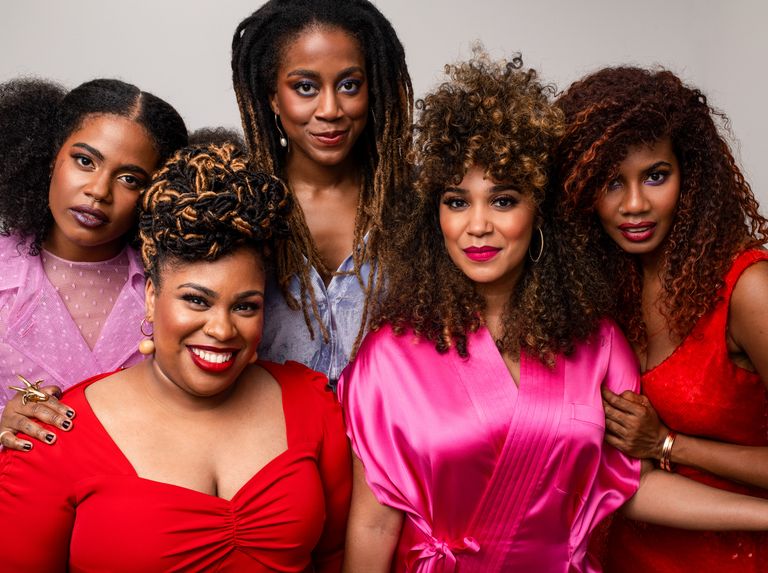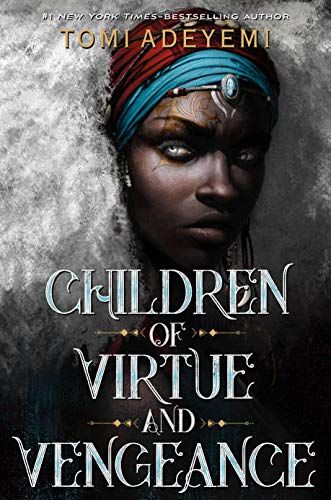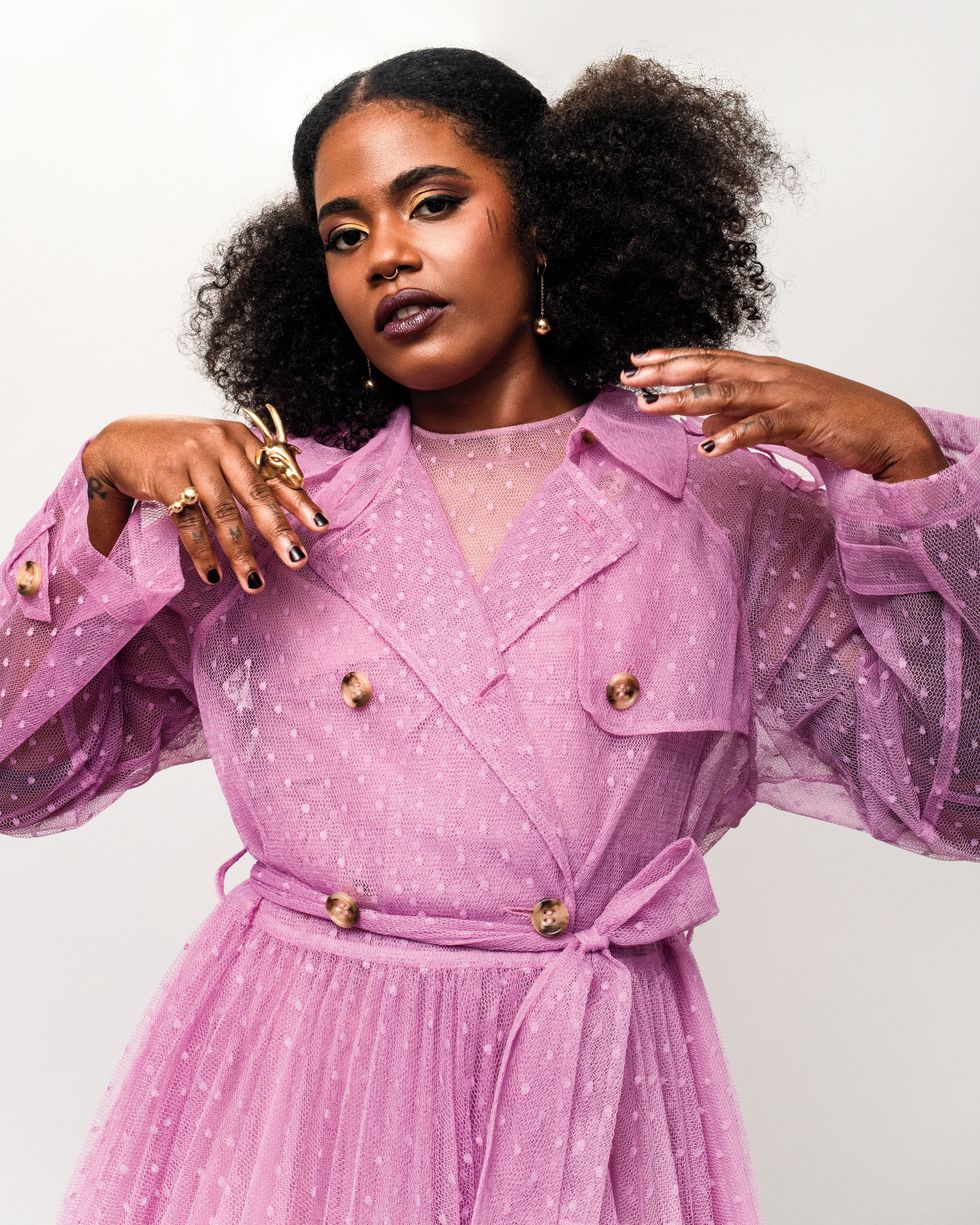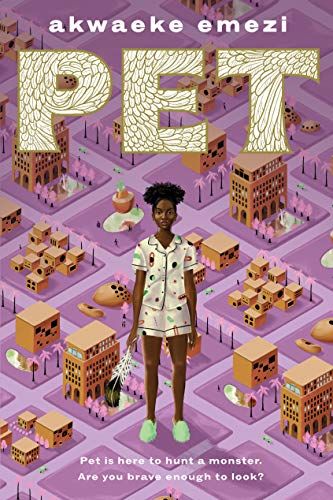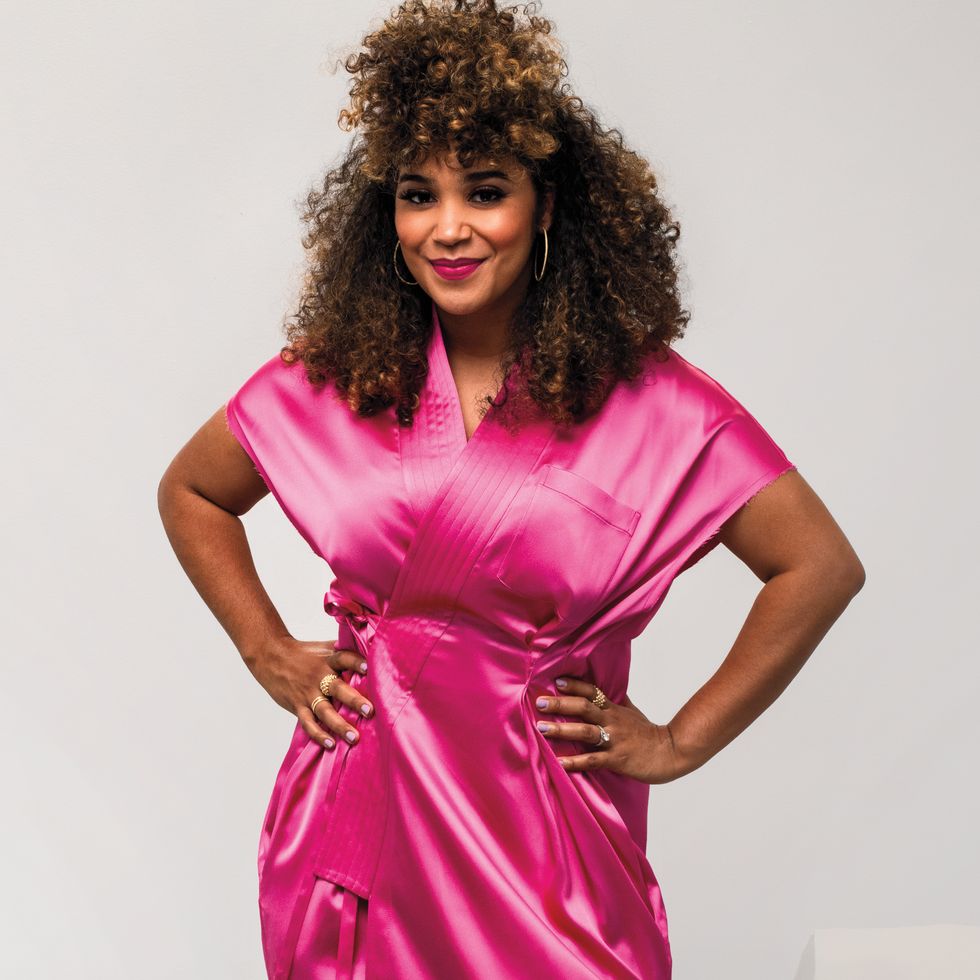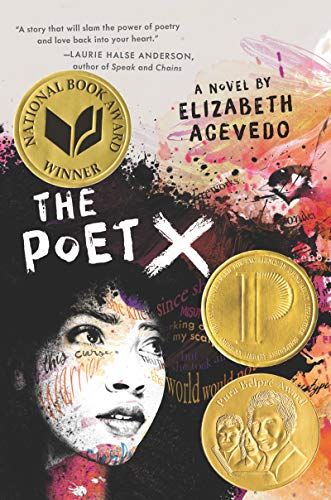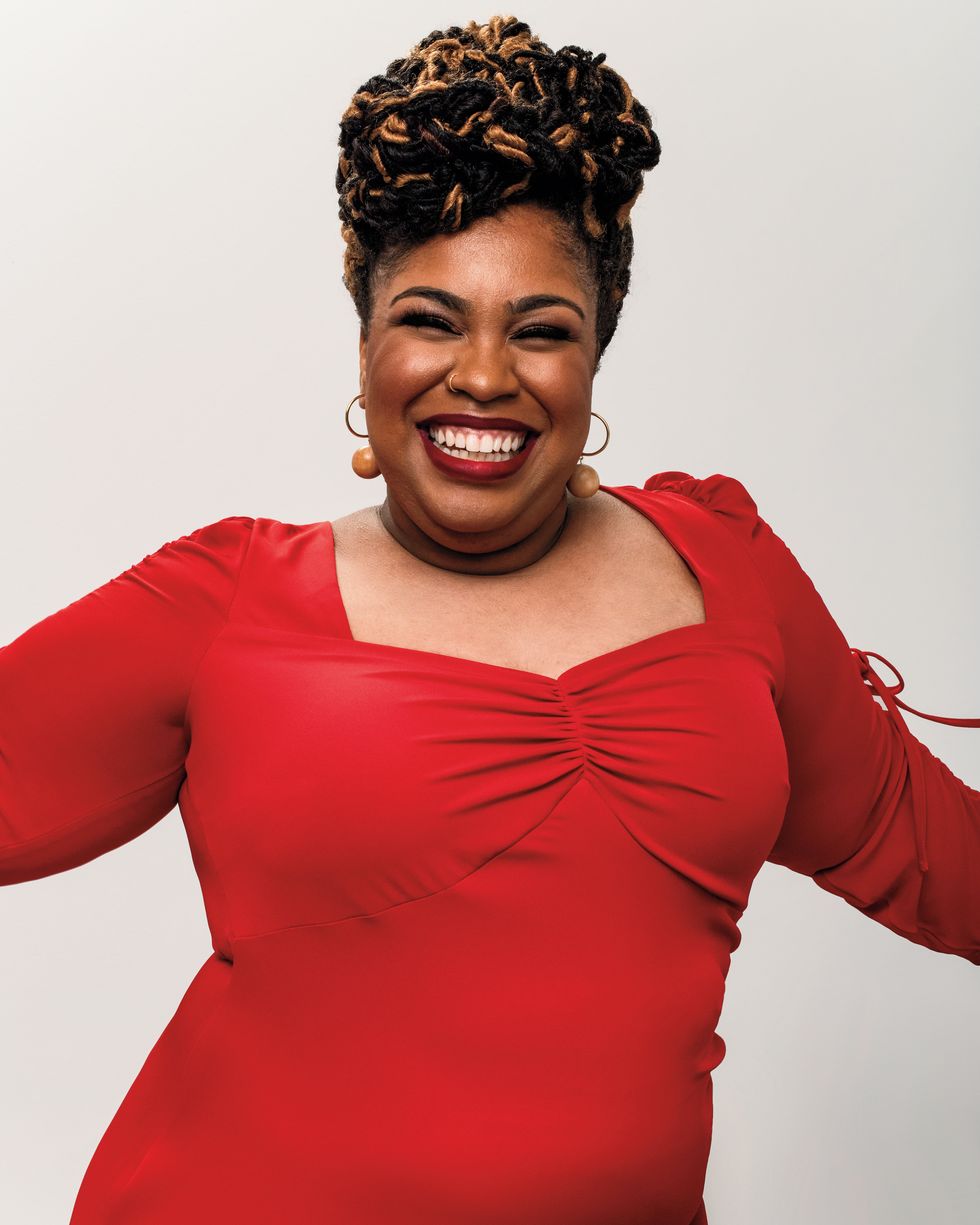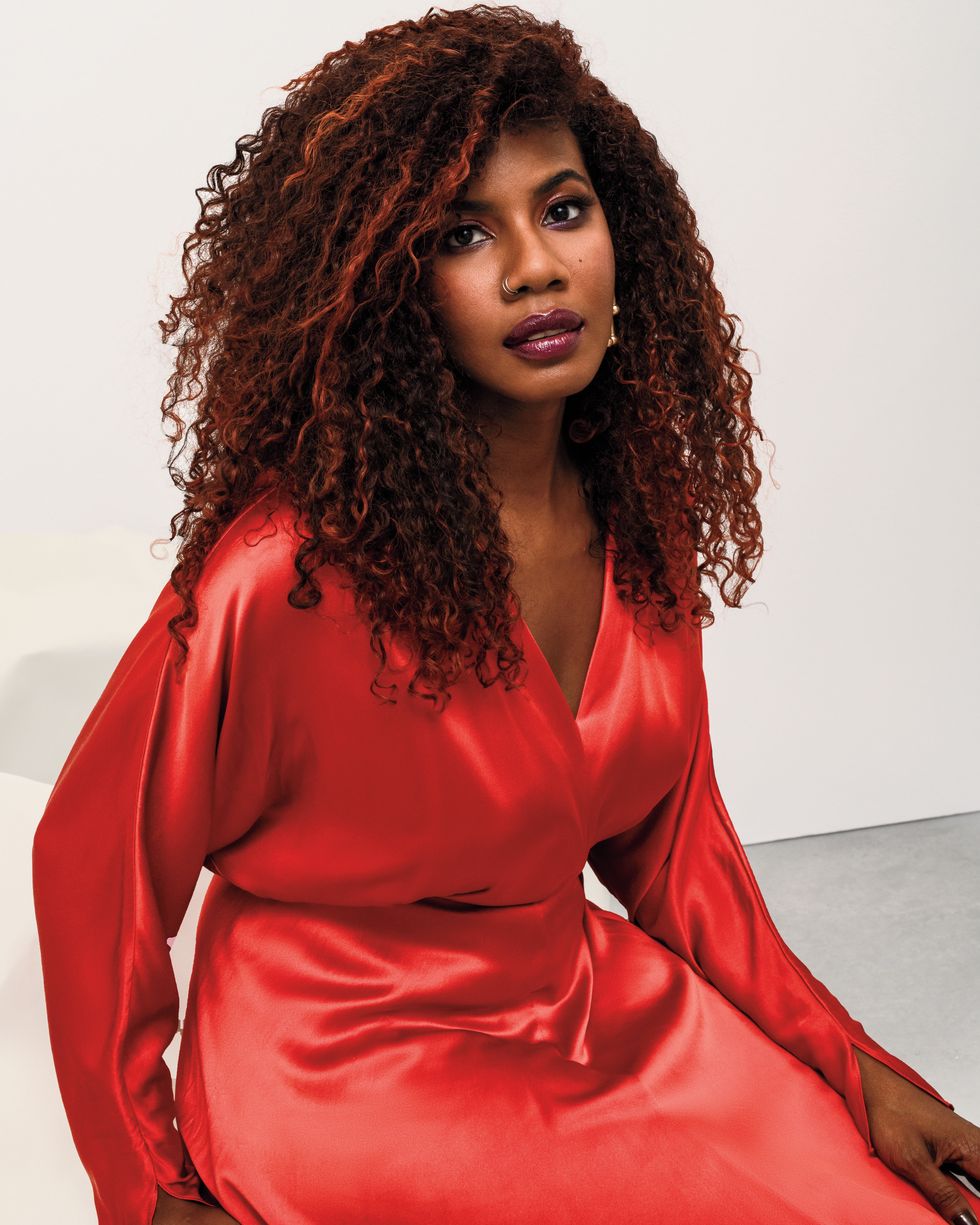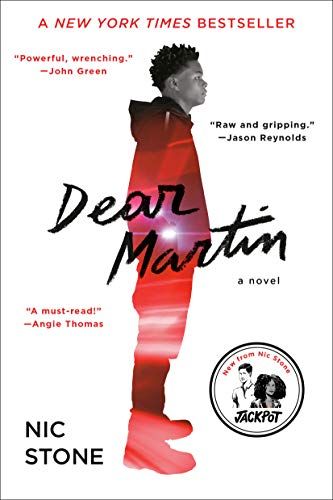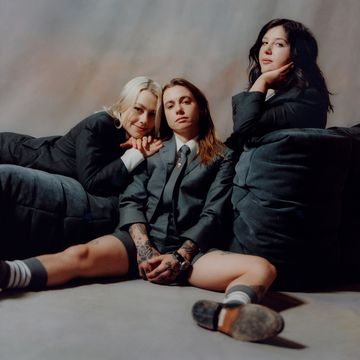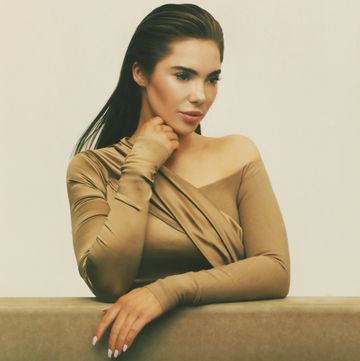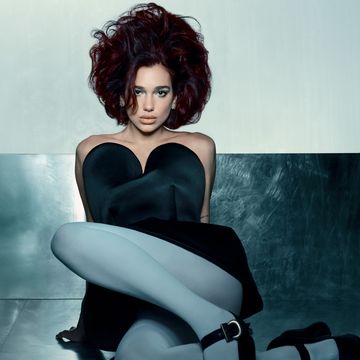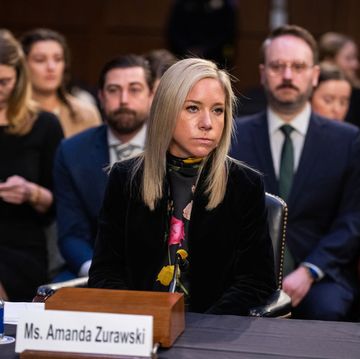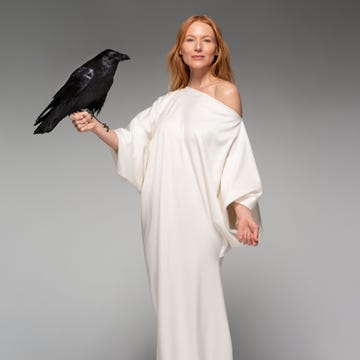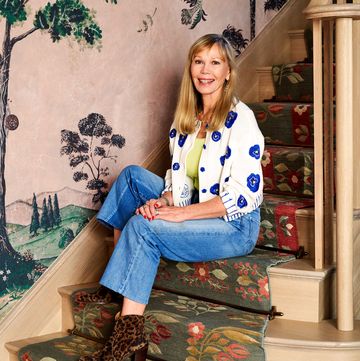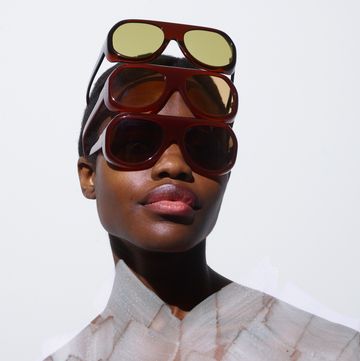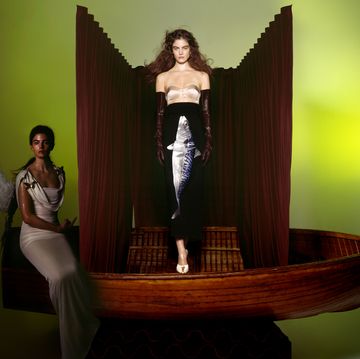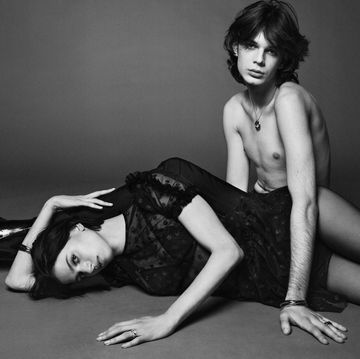In a photo studio high above midtown Manhattan, five of the most accomplished new voices in young adult fiction have gathered. While getting glammed up, Tomi Adeyemi, Akwaeke Emezi, Elizabeth Acevedo, Angie Thomas, and Nic Stone chat about everything from preferred moisturizers to career updates, the latter of which there are several. Only yesterday, Emezi’s Pet was named a finalist for the 2019 National Book Award for Young People’s Literature—a prize Acevedo nabbed the previous year with The Poet X. Stone was gearing up to release three new books (Jackpot, Clean Getaway, and Shuri). Adeyemi’s Children of Blood and Bone, which reportedly landed her a seven-figure deal, was being adapted by Fox 2000/Lucasfilm. And Thomas’s The Hate U Give was holding strong at or near the top of the New York Times Young Adult Hardcover Best Sellers list (141 weeks and counting).
The room is buzzing with laughter and mutual admiration, but also solemnity. After all, less than a decade ago, such a scene might have been hard to imagine. An annual study by the Cooperative Children’s Book Center at the University of Wisconsin found that of the 3,200 children’s books published in 2013, only 94 were about black people. The late Walter Dean Myers, who’d written over 100 books about young people of color, took the publishing industry to task in a Times op-ed: “Books transmit values. They explore our common humanity. What is the message when some children are not represented in those books?... There is work to be done.” In the years since, to the benefit of all young readers, that work is being done: In 2018, those numbers nearly quadrupled. And the authors in this room—and countless more outside of it—are just getting started. “[Growing up], I was always searching for brown girls and black girls in literature that felt like they were written with love,” Acevedo says. Here, she and four of her peers share their influences, their creative process, and the very real impact of representation.
Tomi Adeyemi
Expertly weaving together West African mythology with current social justice themes, Tomi Adeyemi’s blockbuster debut novel, Children of Blood and Bone, follows a teen on a quest to restore magic to her homeland after a ruthless king kills her mother. The Tonight Show Starring Jimmy Fallon named it the show’s inaugural summer book-club pick, Rick Famuyiwa (Dope) was tapped to direct the film version, and early profiles wondered, “Is Tomi Adeyemi the new J. K. Rowling?”
Meanwhile, the second title in her Legacy of Orïsha trilogy, Children of Virtue and Vengeance, continues to build upon the hype. Summing up the sustained frenzy surrounding her work, the 26-year-old San Diego–based author says, “It’s very surreal.”
In spite of the intensity of the whirlwind—or perhaps because of it—Adeyemi wants to be perfectly frank. “A lot of authenticity comes from laziness, where I don’t have the energy to pretend,” she explains. Naturally, a slew of young writers are now looking to Adeyemi for tips on the creative process, and here, she makes a point of being equally candid about the most crucial step: revision. “The number one thing I tell people is, ‘Yo, my books are bad for a long-ass time.’ But my theory is, no matter what you do, you have a lot of shit to wade through, so you might as well be doing something you love.”
But before she even began wading through the many drafts, a literal downpour helped inspire the world of Orïsha. While visiting Salvador, Brazil, on a research trip, Adeyemi ducked into a gift shop to stay dry. There she saw a postcard with an illustration of a West African deity, and the entire world of Blood and Bone emerged “almost fully formed” in her head, she says. “When I try to make representation quantifiable, it’s like, ‘Let me show you the income I’m generating from seeing myself in a gift shop by chance.’”
Akwaeke Emezi
Akwaeke Emezi recalls being surrounded by books while growing up in southeastern Nigeria—everything from Chinua Achebe to Enid Blyton to the volumes available for the taking at the local book swap. Still, the young writer’s fledgling attempts at storytelling reflected a crucial imbalance in reading material. “I was five, and I would write these little books and illustrate them,” they say. “A lot of the characters would be white, because that’s what I had read more of. When I got older, I was like, ‘I’m going to seek out all the other books that exist out there, and I’m going to write some of them, too, so that there are more stories with kids who actually look like me.’”
The 32-year-old author’s work for adults—2018’s Freshwater (which is being developed into a series for FX) and The Death of Vivek Oji (out this August)—deals with the sometimes harsh complexities of identity and expectation. But when writing for young people, they aim to create work that functions “as a blueprint for something better.” Enter Pet, the author’s debut YA novel, whose protagonist, Jam, is a black transgender teen living in a future where the monsters that once plagued her city have ceased to exist. Though it soon becomes clear that they have not been fully eradicated, Jam never finds herself in harm’s way.
“Here is a world where a black trans girl is safe—she’s cherished and loved by her family and her community,” Emezi says. “I wanted to make that exist in a story, because if you can start imagining that, you can start imagining black kids in a world without police, and without prisons, and with different systems of justice. Imagining that is the first step to making it real.”
Elizabeth Acevedo
While working as an eighth grade english teacher in Prince George's County, Maryland, Elizabeth Acevedo fielded a question from a student that made her think differently about the poetry she’d been writing for most of her life: “Where are the books that sound and look like us?”
“Here was an opportunity to give this child a book, something she could carry in her book bag,” says Acevedo, 31. ”Something she could refer back to even if I wasn’t in the room.” Acevedo quickly got to work—not just plugging away at the novel in verse that would become The Poet X, but scouring the internet to learn about the nuts and bolts of the publishing world. “I started going to conferences and just paying attention—following other authors, and being like, ‘Okay, let me demystify this for myself.’ ”
Needless to say, her research paid off. The Poet X considers, with unflinching focus, what it means to step into womanhood as a young person of color, and the feelings of shame and confusion that often come along with it. It has been a fixture on the New York Times Young Adult Best Sellers list and has won numerous awards. But even more meaningful are the many emails Acevedo receives from readers with messages like, “You wrote me down.”
While Acevedo is undoubtedly a publishing success story—her third novel, Clap When You Land, arrives May 5—she’s looking forward to a day when work like hers is the rule and not the exception. “We need more writers of color who are given space beyond their first book,” she says. “We need more editors, copy editors, graphic designers. It has to be across the industry, from the marketer to the publicist. If it’s just writers, the creativity is there, but the machines behind them that get these books into the spaces they need to be in—mindfully—will be lacking.”
Angie Thomas
Angie Thomas began telling stories as a child in Jackson, Mississippi, devising better endings to the books her mother read at bedtime and reciting them on the spot. It seemed a future in writing was inevitable, but then, she recalls, “I started rapping instead, because I wasn’t used to seeing authors who looked like me.” Thomas, 32, was familiar with the Octavia Butlers and Toni Morrisons of the world, of course. “The thing about publishing is that they put all the attention on the legends,” she says. “I didn’t know about the mediocre black writers, so it felt like you could only write at a certain level if you were black. It made me feel like I couldn’t do it.”
A fateful Twitter interaction with a literary agent, 13 bids from U.S. publishers, two novels, several awards, and one film adaptation later, it’s safe to say Thomas has pulled it off. “I’m trying to remind myself, anytime I enter a space, that I’m supposed to be there,” she says. “I don’t have to explain it. And that’s so freeing.”
In Garden Heights, the fictional neighborhood where Thomas’s novels are set, teenagers grapple with the fleeting pangs of adolescence (insecurity, heartbreak) and the ever-present double consciousness of what it means to be black in America. The Hate U Give was inspired by Thomas’s own experiences as a college junior at a “mostly white, upper-class private Christian school,” following the shooting of Oscar Grant. On the Come Up was fueled in part by her first novel turning up on various school districts’ banned and challenged book lists for being deemed “anti-cop.” “It’s frustrating, because you’re basically telling young people, ‘If this book is about you, your life makes me uncomfortable,’” Thomas says. “They’re being made to feel as if their stories shouldn’t be told. My job is to tell them otherwise.”
Nic Stone
When Nic Stone decided to "take a stab at this writing thing" in her late twenties, a former schoolmate wasn’t surprised. “In eighth grade, I told her I was going to write a New York Times best-seller one day,” Stone says. “I don’t remember saying that, but clearly the dream had been there. It just kind of got squashed for a while.”
Stone, 34, spent much of her childhood reading. “I was obsessed with the Encyclopedia Brown series. I read so much Judy Blume. But none of the books that I read and loved had me in them,” she says. “Once I got to the point where I began to get an understanding of myself and see that my skin was brown, and that I’m treated differently from others around me—and there wasn’t a reflection of that in the books that I read, I stopped,” she says. Now, as a middle-grade and young adult novelist with four books under her belt, Stone writes with the express purpose of weaving narratives that reach young people who might find themselves in a similar situation. “I see it as both an opportunity and a privilege to start readers. To have kids become readers because of something I’ve written is huge to me. And I do not take that for granted.”
While the lead-up to the 2017 publication of Dear Martin, Stone’s first novel, included a steep learning curve and several rejected manuscripts, the undertaking has proven invaluable. “The process of honing the skill, and figuring out what works, has been real, and it’s a thing that will continue for the rest of my life,” she says. Tackling everything from racial profiling and police brutality (Dear Martin) to the fluidity of sexual identity and desire (Odd One Out), Stone continues to hold a mirror up to the readers who need it most. “I’m glad I picked it back up,” she says of her writing aspirations. “It worked out.”
Styled by Yashua Simmons. On Adeyemi: jacket and top, Chanel; earrings, Joanna Laura Constantine; ring, Sophie Monet; ring, Cartier. On Emezi: overcoat and dress, RedValentino; earrings and pinkie rings, Tiffany & Co.; their own ring. On Acevedo: dress, Balenciaga; hoop earrings, Lagos. On Thomas: dress, Rodarte x Universal Standard; earrings, Sophie Monet. On Stone: dress, Alejandra Alonso Rojas; earrings, Tiffany & Co. Hair by Nai'vasha for Curl Queen (Acevedo, Adeyemi, Emezi, and Stone) and Tiffany Perkins (Thomas); makeup by Jessica Smalls for Chanel; manicures by Mar Y Sol Inzerillo for Essie; set design by Kate Stein at Magnet.
*Editor's note: This article has been updated to reflect Akwaeke Emezi’s pronouns.
This article originally appeared in the February 2020 issue of ELLE.
